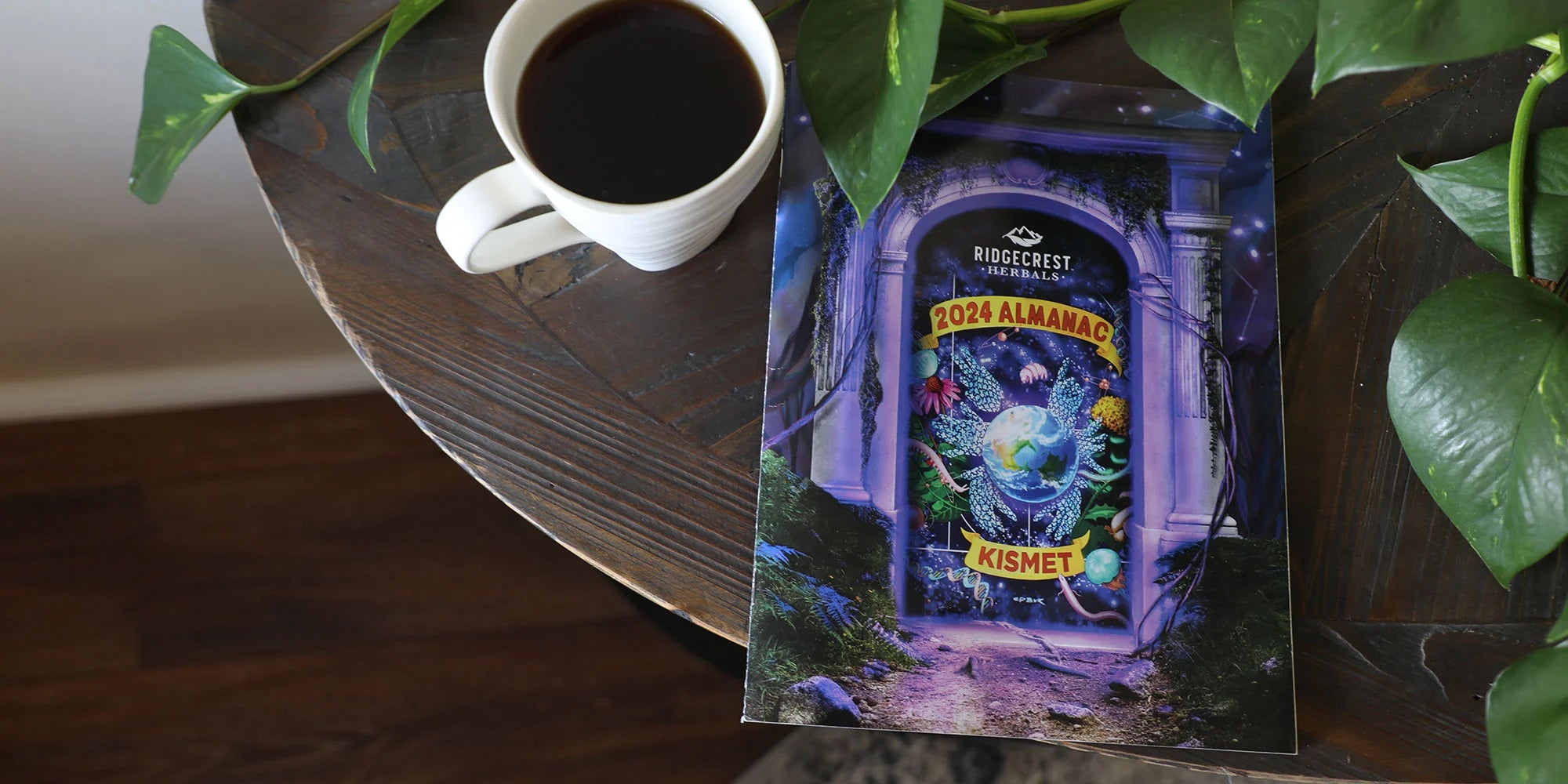I follow several gardening groups on Facebook. Some are better than others, but I keep thinking I need to unfollow one of the biggest ones. People post questions, and the answers range from great information to people being downright cruel and mean. Crowdsourced information is a bit of a game of chance. You may get some practical, factual information, but you also risk receiving unkind and uninformed responses. I cringe when I see someone being mean, and I think there is a better way.
A few years ago, I happened upon an article about a research project done by a Navajo woman studying traditional foods from the Four Corners region like peaches and spinach. Having traveled to that dry desert area myself, I was utterly intrigued. I thought it was such a beautiful subject to study and bring the knowledge to herself and her people. What blew my mind was they were growing and studying these peach trees at a location about ten minutes away from where I lived at the Utah State University Extension office. I had driven by the center many times, but I had no idea what they did there. I decided to find out more about it.
In the early 1800s, nearly 90% of the population of the United States lived on farms. Horticulture knowledge was passed down from one generation to the next. By 1862, only 50% of Americans lived on farms, and Congress passed the Morrill Act, which provided a unique funding opportunity for each state. The state would receive a land grant, sell it, and use those funds to establish or convert existing schools to specialize in agriculture and mechanical arts (A&M). In 1914 the United States Department of Agriculture (USDA) partnered with these universities to create a system of extension services. The goal of these offices was to provide farmers and homeowners with local expert advice. The program was a huge success. Now each of the 50 states has an extension office, including Puerto Rico and the District of Columbia.
With my own local extension office, I found several online gardening classes available for a small fee. They were relatively short and packed full of information. I quickly went through all of the yard and garden online courses they offered, and loved them. However, I wanted to know more, and I searched for what was available to me. Through the Utah State University (USU) extension office, they had what was called a Beginning Master Gardener Program. Each participant goes through in-classroom training on various horticultural topics led by local experts in their field. We learned about soil health, introductory botany, turfgrass, and entomology. The lectures were great, and the field experts were kind and patient as we learned and asked questions. They even offered their contact information to us if we needed to reach out later.
The second portion of the beginners’ course provides a wide variety of opportunities to participate in our local extension office programs. For example, we helped plant a new pollinator garden. In addition, we maintained an arboretum designed to showcase trees suitable for our climate. The arboretum allowed locals to browse mature trees before planting them in their home garden. We even helped with Farmers Feeding Utah, an event where fresh produce was distributed to the public.
My favorite volunteer activity has been working in the diagnostic clinic. The clinic offers a safe place for the public to ask their gardening questions and receive the help they need to succeed. As a beginning volunteer, I am far from an expert. Still, experts have written papers with a wealth of information and made themselves available to help with tricky questions. Still, as a volunteer, it is so fun to chat with people interested in gardening and help them utilize their extension office services. I talked to one man on the phone who said he had recently become interested in plants, and I couldn’t help but respond, “Welcome to the club!”
So to all my gardening friends out there, the Facebook groups are fine. But, in my experience, the local extension office is gold and a valuable resource that benefits our community. Oh, and remember the researcher studying the native peaches and spinach on the Navajo lands? I looked her up. She is currently working at the county extension office covering that area in Utah, where I am sure she is passing on her knowledge to local gardening enthusiasts.
Would you like to read more interesting things like this?
This and other fun stories and tidbits can be found in our Herbal Almanacs. This piece comes from the 2022 Bloom Almanac.



